
 |
Page 1 |
The Bullion Mine is located in the White Pine mining district of southern Nevada. The district was worked from the mid 1800s through the mid 1900s. Lead and Zinc were the primary minerals with lesser amounts of copper and gold extracted as well.
| The Bullion mine is perched on the side of this east facing ridge. Like many mines in the area, this one requires a strenuous hike to visit. | 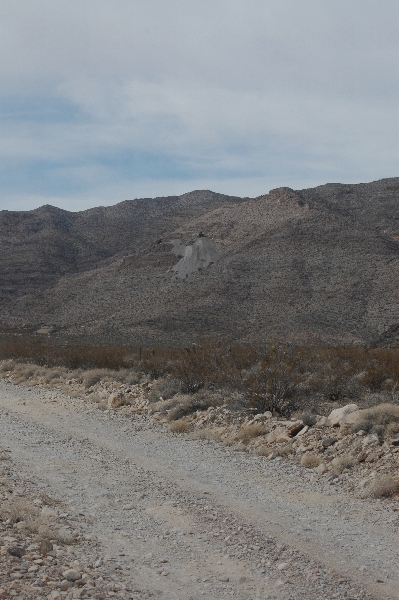 |
| As I get closer to the mine it appears to be even higher up on the side of the ridge. | 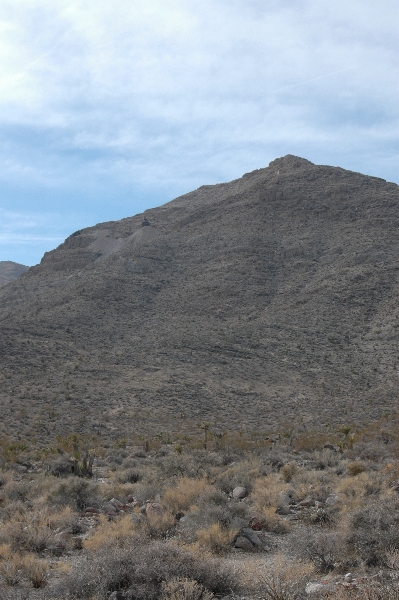 |
| On the right is the ore hopper and on the left is the upper tram station. Like most mines in the area, this one had an aerial tramway to move ore from the mine to the base of the ridge. The ore was moved down the ridge in buckets suspended from a wire cable. | 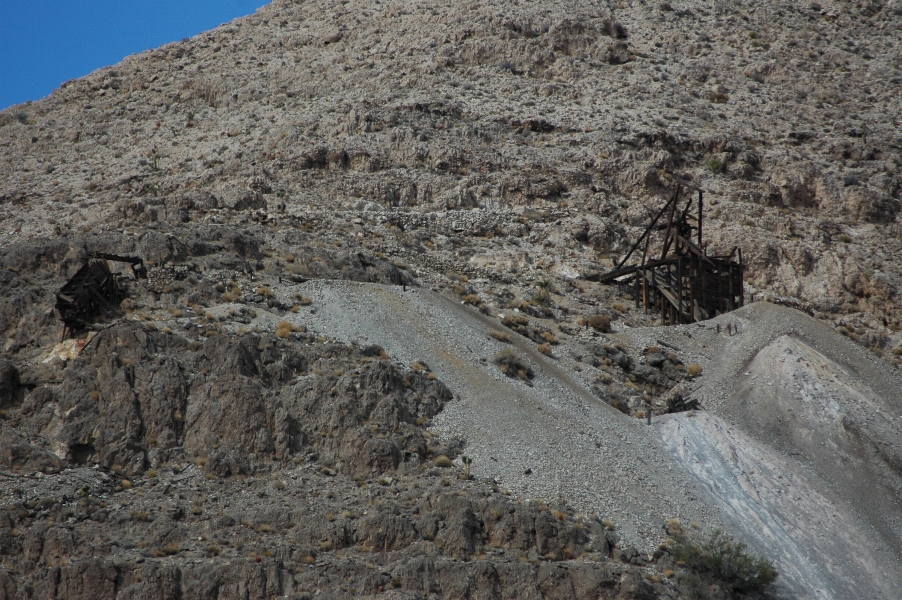 |
| There are sizeable tailing piles down the side of the ridge indicating a good sized mining operation. | 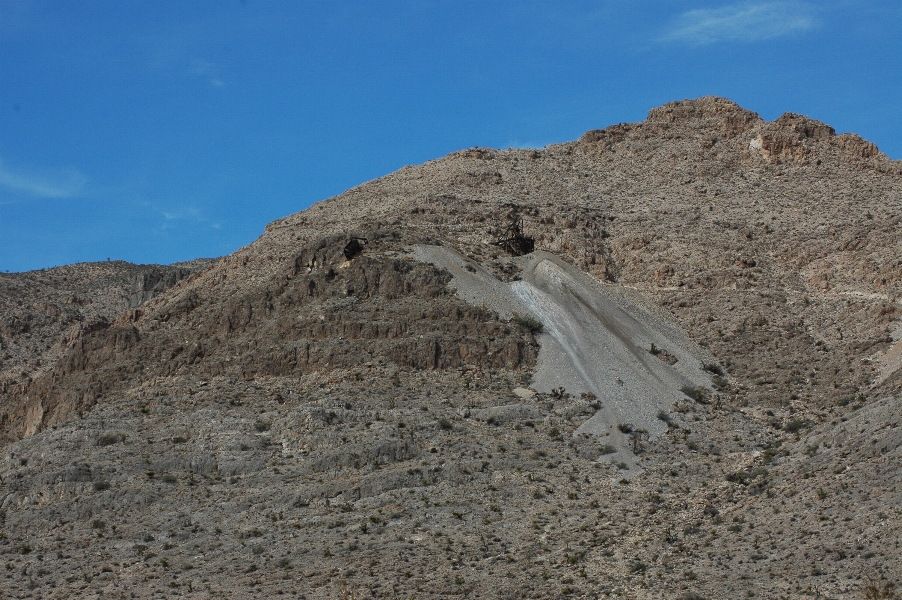 |
| This is the upper tram station. If you look closely you can see the cable running down the side of the cliff face. | 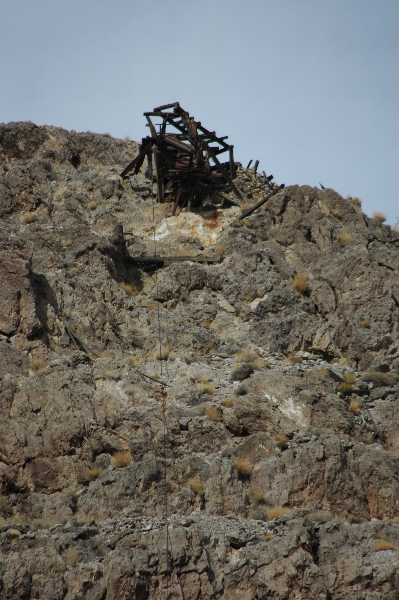 |
| This is the lower tram station where the ore would be off-loaded and taken to the mill in Goodsprings. | 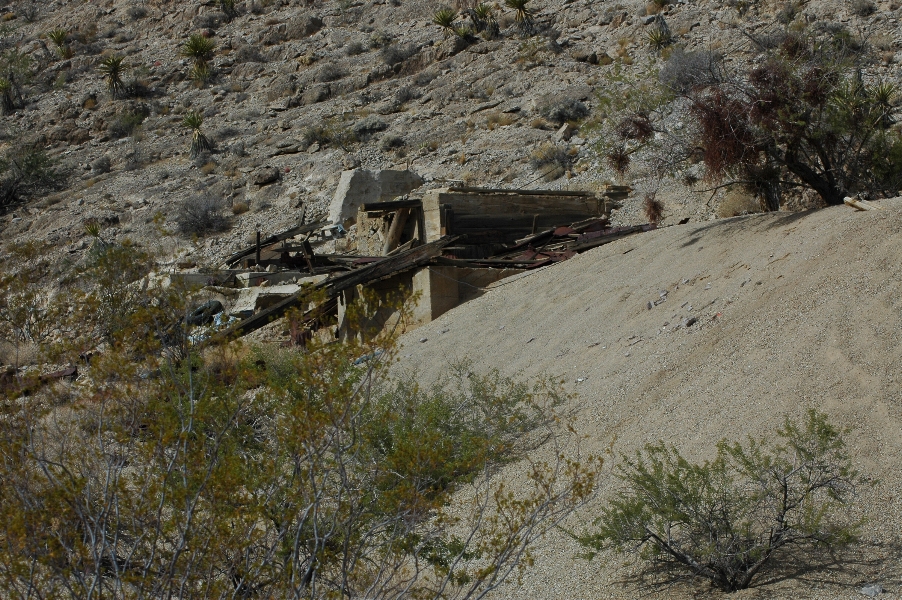 |
| At the top right is the upper station and at the lower left is the lower station. Gravity would pull the loaded bucket down to the lower station while giving the empty bucket a free ride back up to the top station. | 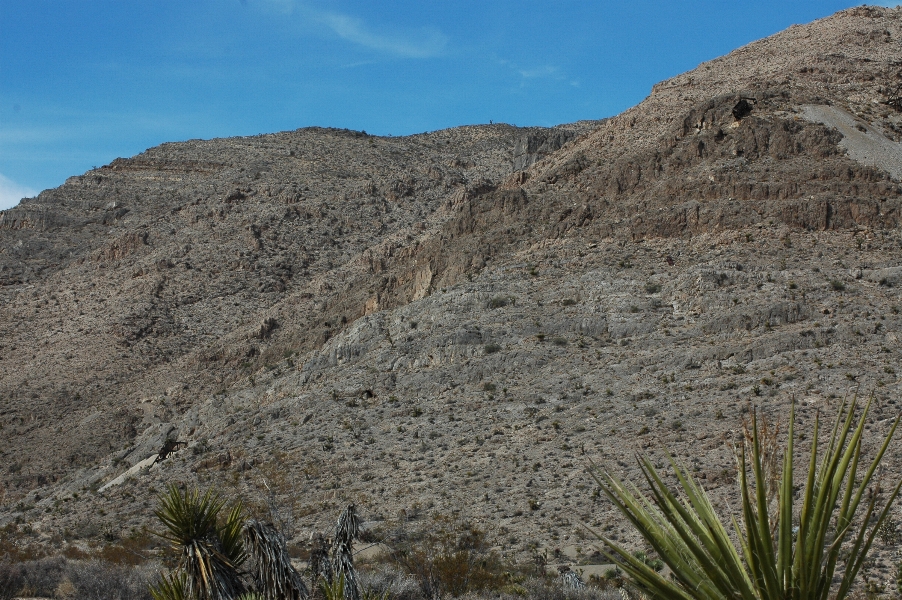 |
| The lower station has deteriorated significantly. Someone hauled their trash all the way out here so they could dump it at this historic site. I just don't understand some people. |
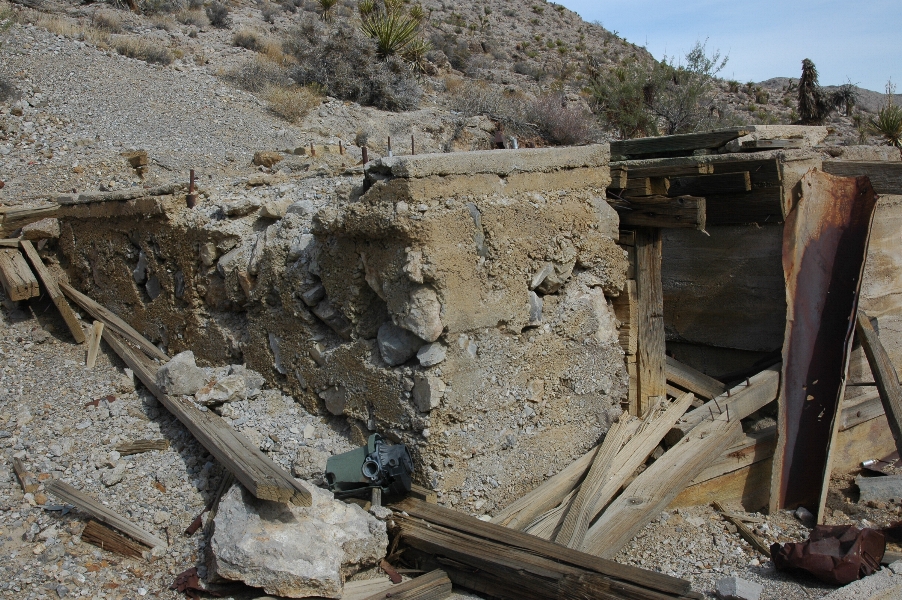 |
| There is a lot of mine remnants in the area. This bucket looks like it may have been used to haul equipment up the tram. Without additional reinforcement the bucket wouldn't have held up to the stresses of hauling ore. | 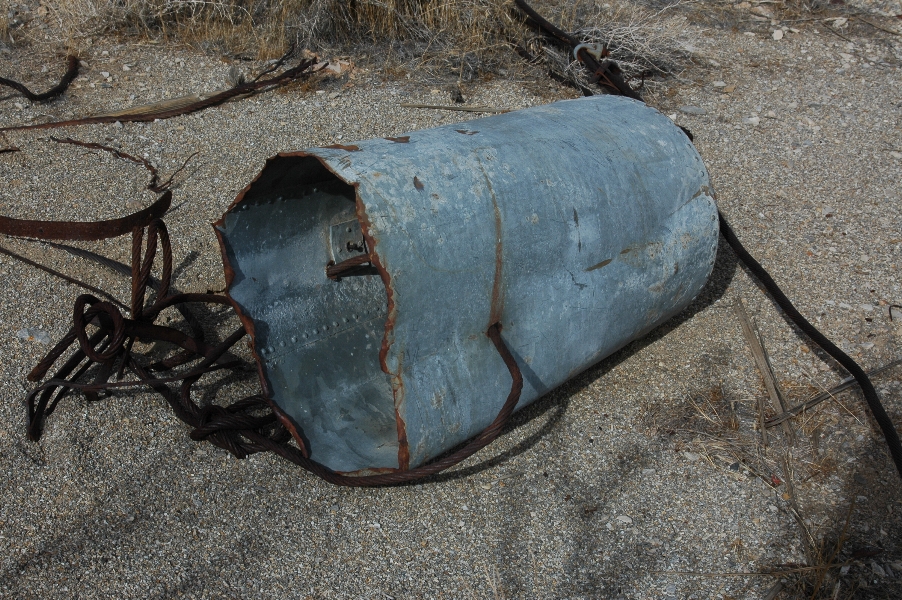 |
| More equipment scattered in the area. | 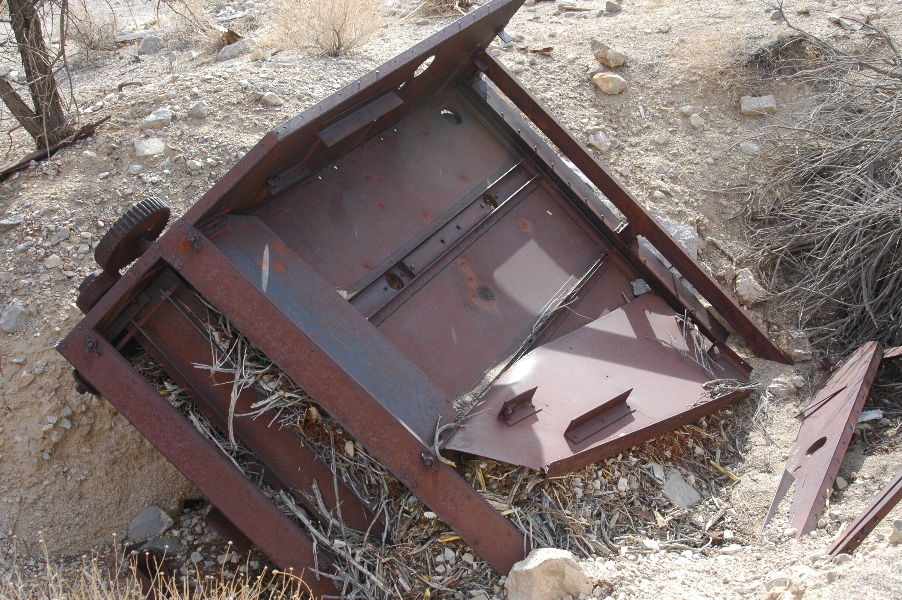 |
| Looking back towards Jean Nevada. It's pretty desolate out here. It was even more so back when this mine was operating. | 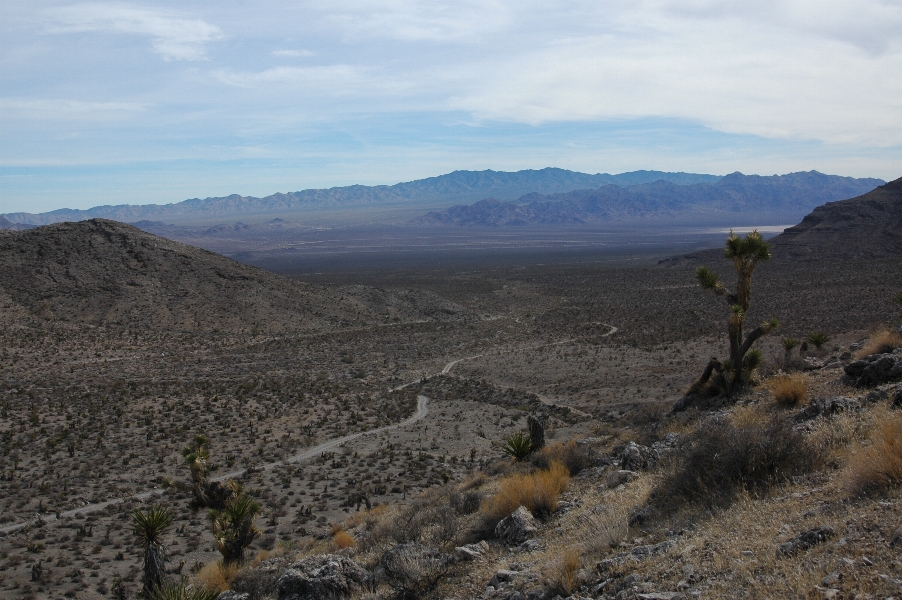 |
| After a long hike up the side of the ridge, here is the first sign of mining activity. | 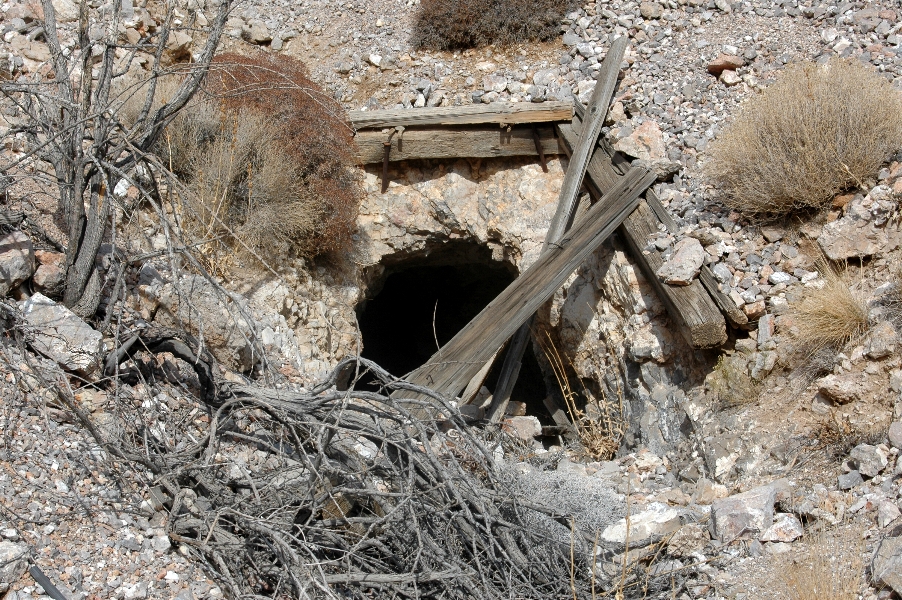 |
| The timbers are being held up by drill bits. They are holding back debris over the adit. | 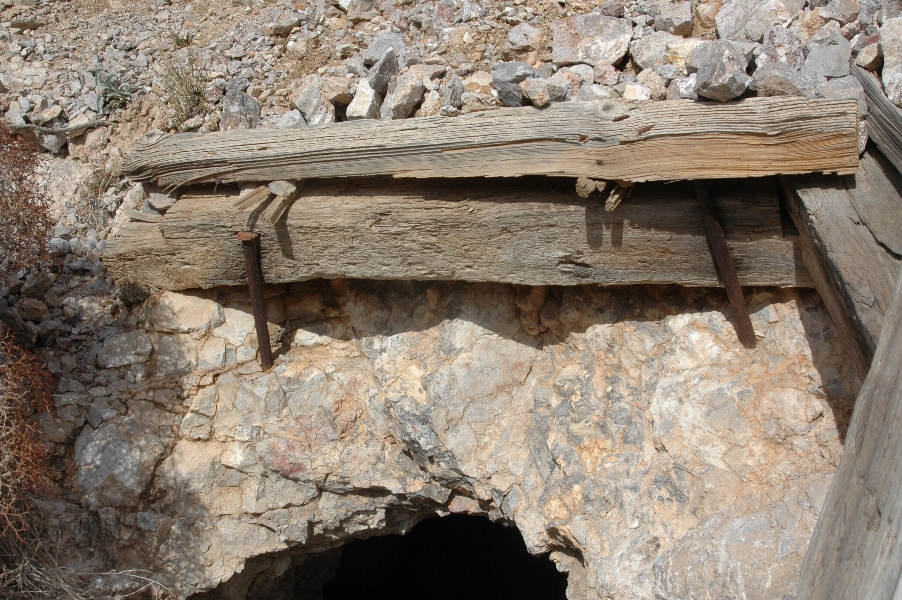 |
| Just a little farther along is another adit. This one doesn't go back very far. | 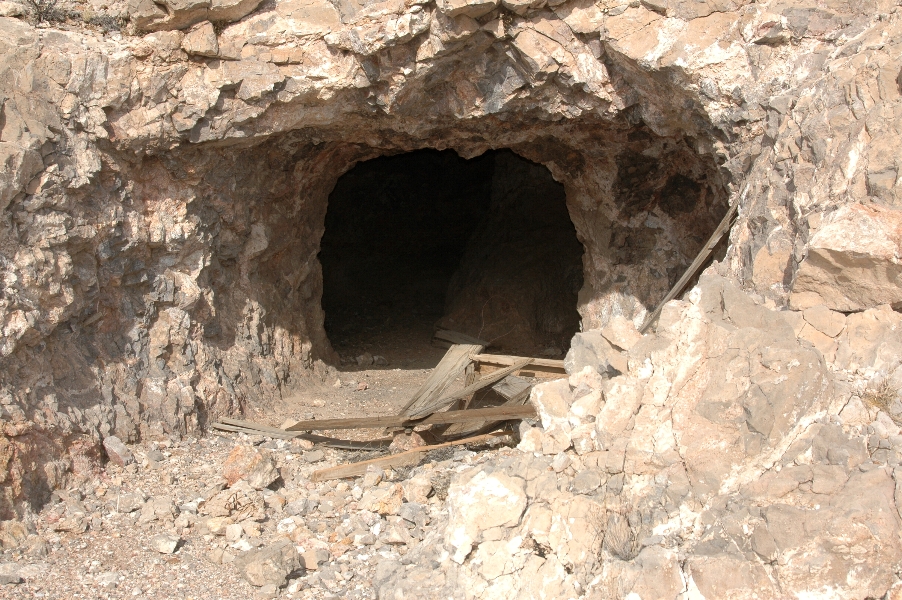 |
| Standing at the adit in the photo above, I turn my camera towards the main mine. Another few minutes of hiking and I'll be there. | 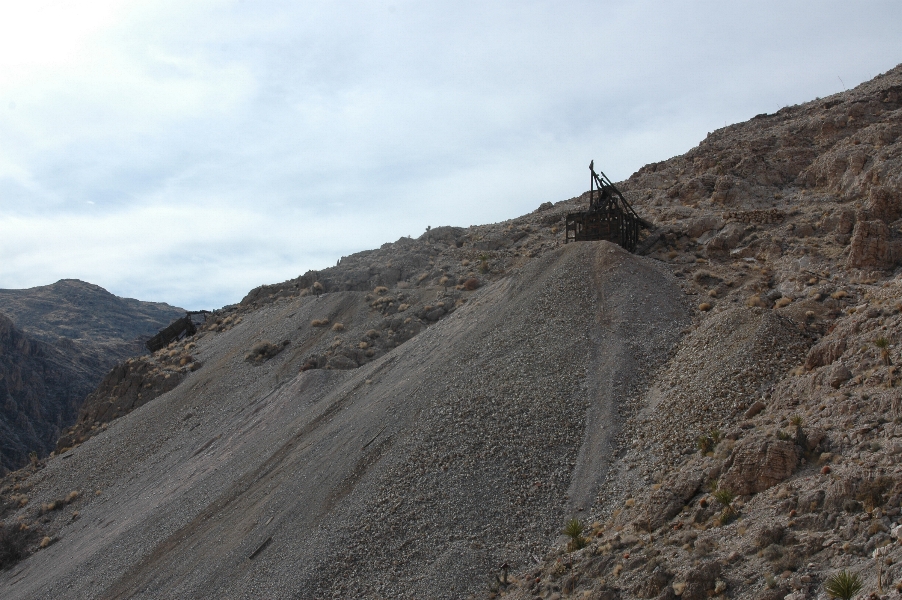 |
| The sun along with a high overcast makes an interesting silhouette. | 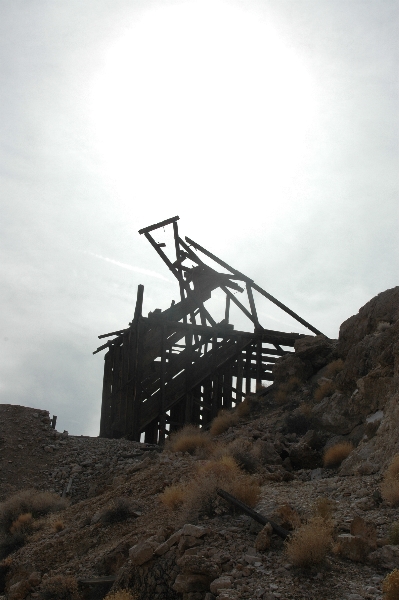 |
| From the base of the ore hopper looking back at the adits that I explored on my hike up the ridge. From here you can see the old miner's trail that leads up to the mine. | 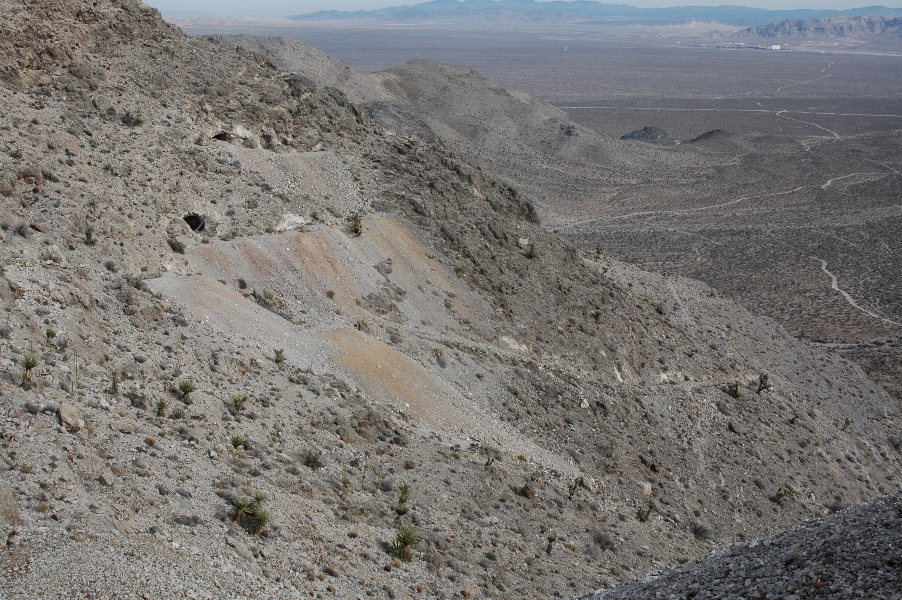 |
| The basic structure of the ore hopper is still intact. Time, the elements, and vandals have all taken their toll. | 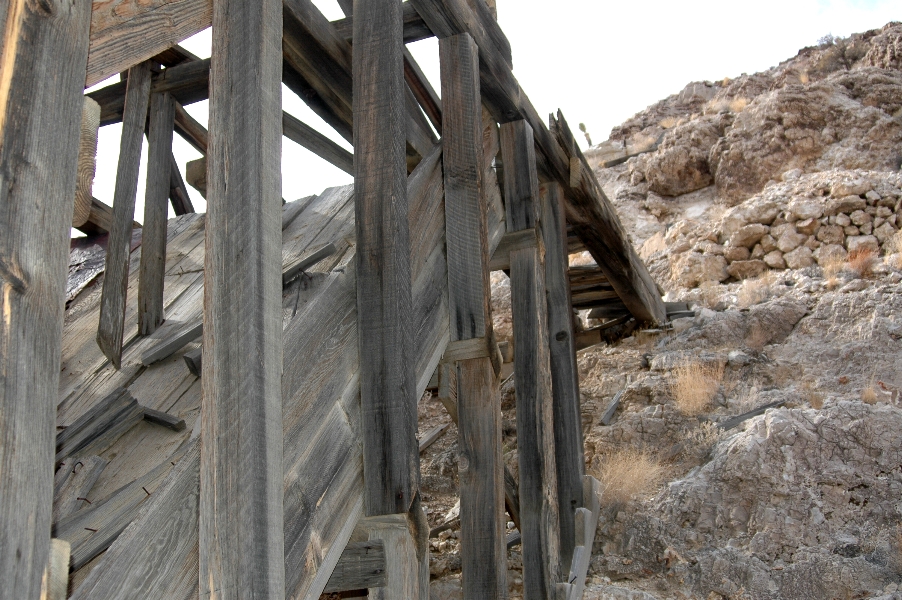 |
| The metal grate in the center of the photo is a "grizzly " which the smaller bits of ore to fall through into the ore hopper while the larger rocks slid off the end into the tailings pile. | 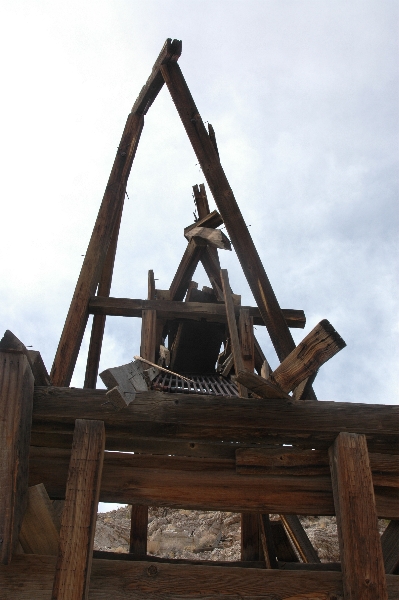 |
| Ore was stored in the hopper until it was ready to be transported. The miners would open one of these chutes and out came the ore. | 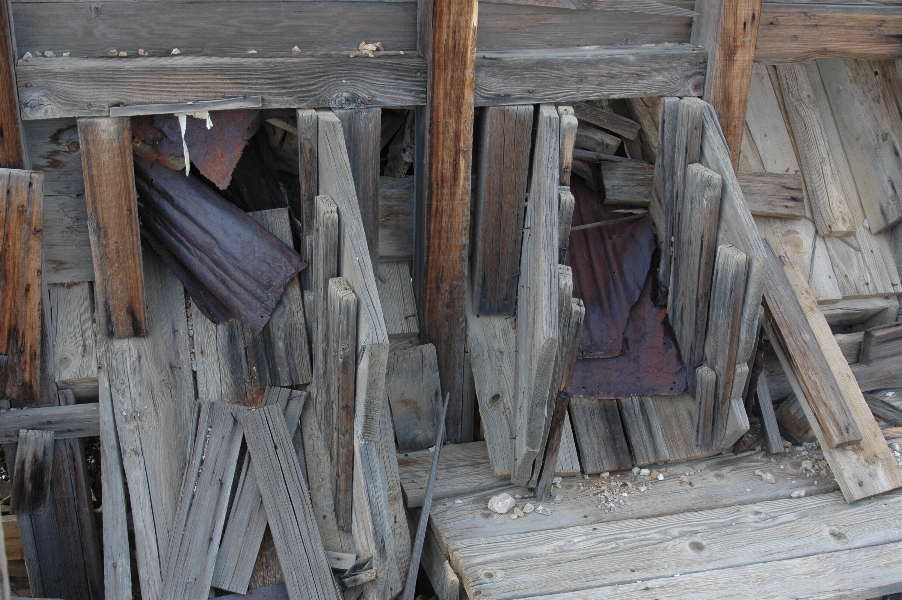 |